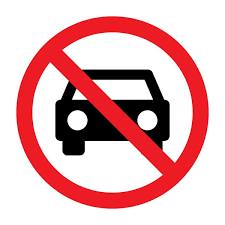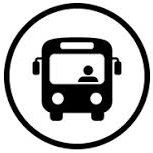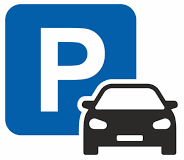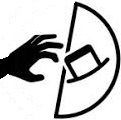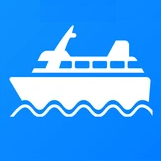Public transport.
Parking the car.
We recommend comfortable shoes.
City of hills! We recommend walking, because it is the best way to get to know the Lisbon's historic neighborhoods. But you should bring the most comfortable shoes you can. There are many climbs to reach the viewpoints, many stairs, and the traditional pavement tends to be slippery (especially when it rains).
Beware of pickpockets.
Where there are tourists, it's normal, there are pickpockets. Lisbon is no exception. Particular caution is recommended in crowded areas, such as public transports, and highly visited tourist sites. Don't leave your bags or backpacks open and try to put something bulky on top of the important things (a rolled-up jacket or sweater makes it difficult to access by those putting their hand in). Prefer to have your backpack in front, pickpockets are very subtle, and you don't notice when they take something away from you.



